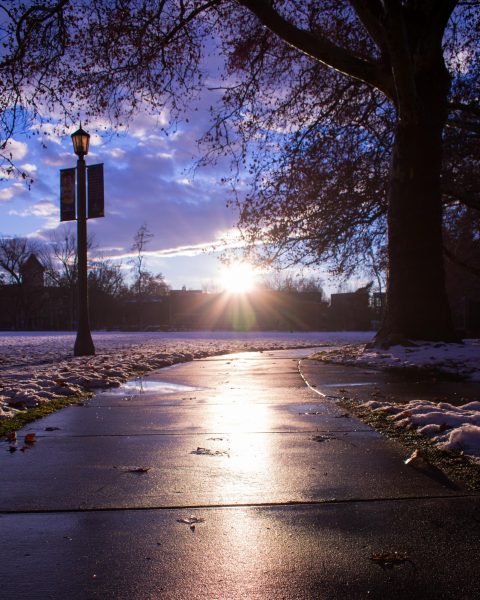Climate extremes cover the West Coast: from Walla Walla to California
September 15, 2022
A new study published in Science Advances has been released predicting a massive California Megastorm in the near future. Pounding rain and massive floods could fracture one of the largest economies in the world and disrupt the state’s communities beyond repair.
Last month, The New York Times published a visual article illustrating a climate catastrophe for California. Scientists predict the megastorm will happen during a winter in the Pacific. They are uncertain of when it will happen, but rising atmospheric temperatures and other climate factors increase the likelihood of the storm and our proximity to the day it hits.
“It will be carrying so much water that if you converted it all to liquid; its flow would be about 26 times what the Mississippi River discharges in the Gulf of Mexico at any given moment,” wrote Raymond Zhong in the article.
After one month of the megastorm, almost 16 inches of average rainfall will have fallen throughout California.
“Communities might be ravaged beyond resettling. None of the state’s major industries, from tech and Hollywood to farming and oil, will be untouched,” reads the article.
Fortunately, forecasters can spot these atmospheric rivers five to seven days in advance.
The study was conducted by Daniel L. Swain, a climate scientist at the University of California, Los Angeles, and by Xingying Huang of the National Center for Atmospheric Research in Boulder, Colorado.
“We got kind of lucky to avoid it in the 20th century,” Swain told The New York Times. “I would be very surprised to avoid it occurring in the 21st.”
Up north, Washington has faced its far share of weather extremities. Flood warnings have been issued to regions in northern Washington, and fires are blazing along the West Coast.
Close to Walla Walla, a large fire in northeastern Oregon dubbed the Double Creek Fire has created a smoky forecast in the region. As of Sept. 13, the Double Creek Fire spanned 155,297 acres and was only 15 percent contained. In addition, there are several fires burning in northern Washington, adding to the smoky outlook. Visit the Washington State Department of Natural Resources to find out more.










Julie Carter • Sep 15, 2022 at 10:09 pm
This is an important phenomenon to be aware of and is yet another reason to vote at all levels, local, state and federal elections for candidates who take climate change seriously and are determined to act now.